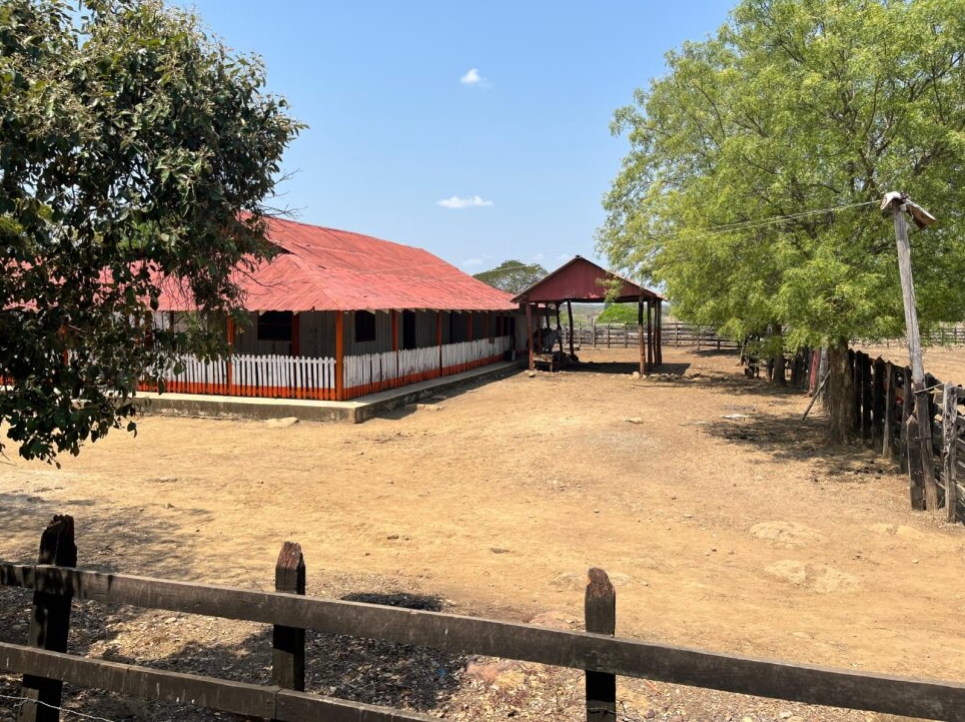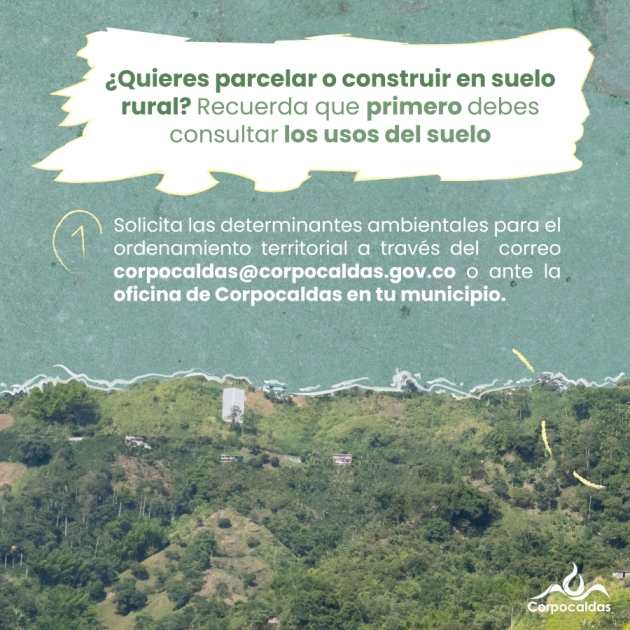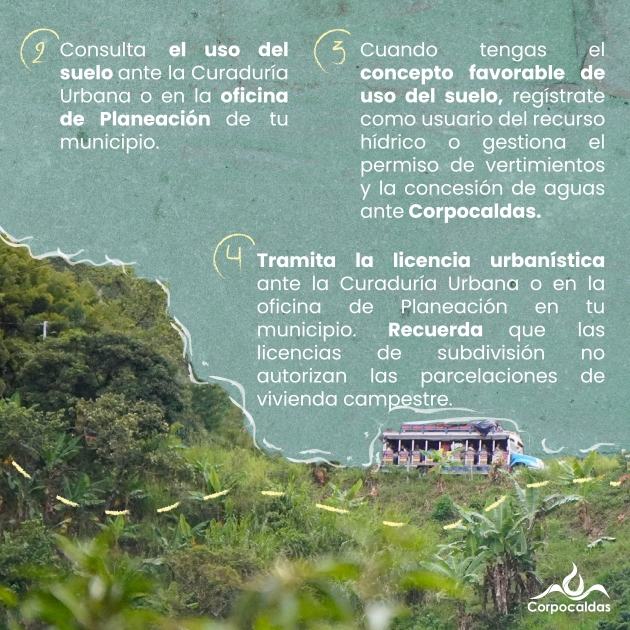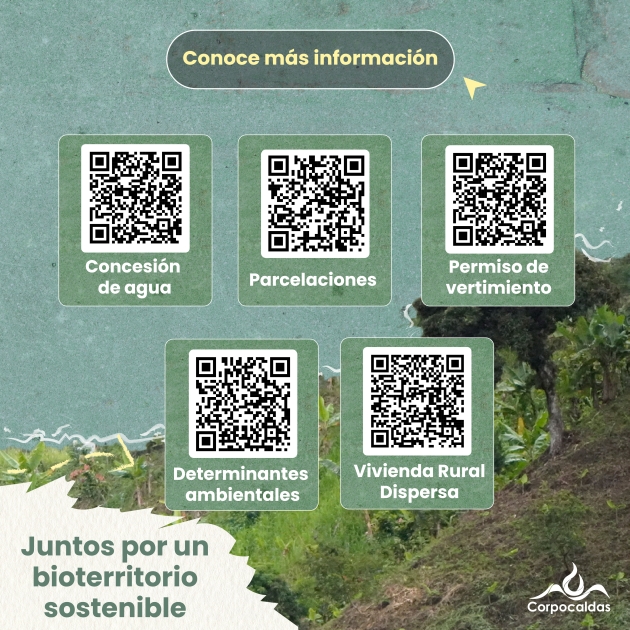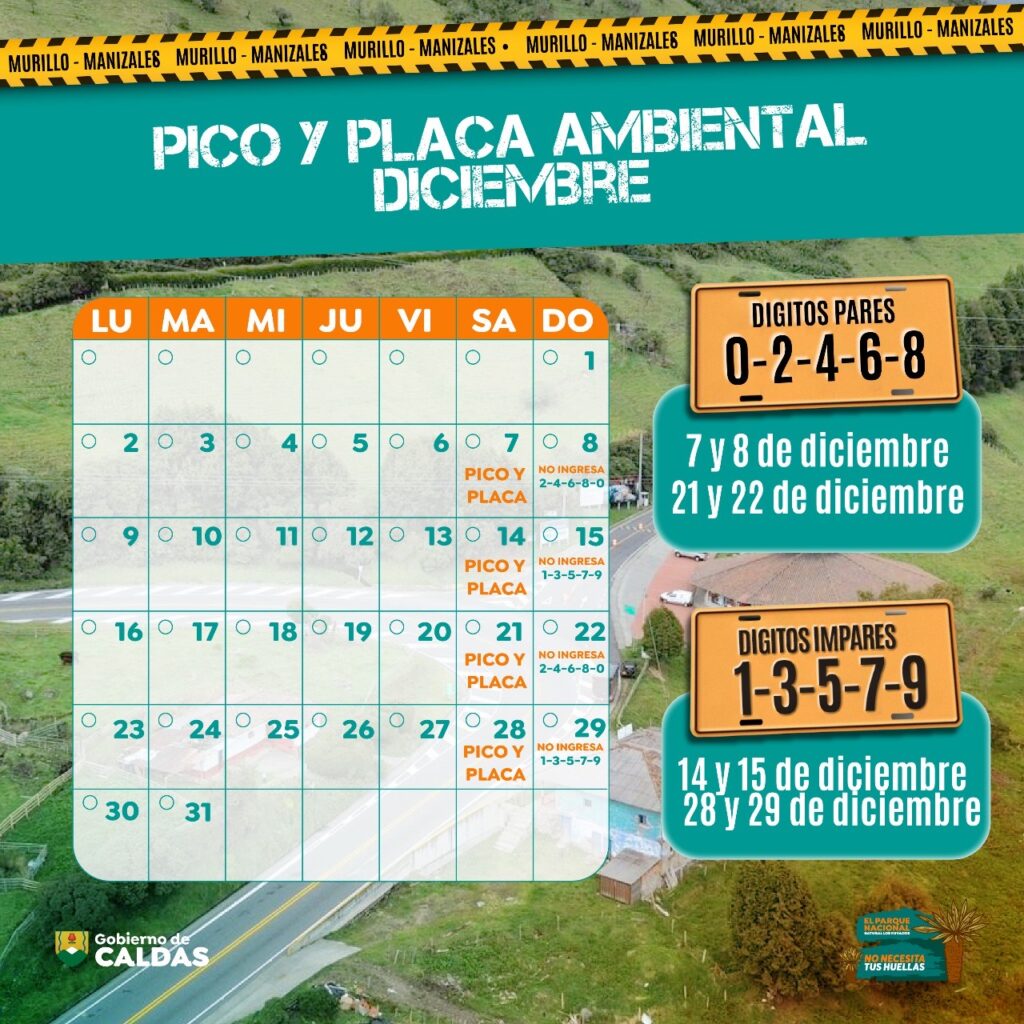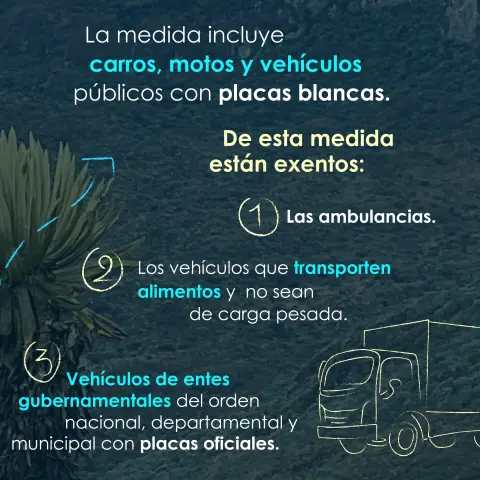- Fondo de protección a mujeres periodistas víctimas de violencia sexual será una realidad
- SIP resalta aún existen disparidades entre hombres y mujeres en el periodismo
- Tendencias emergentes en el consumo de noticias en las jóvenes generaciones
- Sólo 21% de medios usan mujeres como fuentes de información
- Women and leadership in the news media 2024: Evidence from 12 markets
Fondo de protección a mujeres periodistas víctimas de violencia sexual será una realidad

El Congreso aprobó en último debate el proyecto de ley que, dando cumplimiento a una orden de la Corte IDH por el caso Jineth Bedoya, crea este fondo. Leer más en Caracol.com.co
SIP resalta aún existen disparidades entre hombres y mujeres en el periodismo

La Sociedad Interamericana de Prensa (SIP), resaltó en el marco del Día Internacional de la Mujer, que se conmemora este viernes 8 de marzo, que aún existen disparidades en el ámbito del periodismo entre hombres y mujeres.
La SIP indicó que esta disparidad se manifiesta en la persistencia de la brecha salarial, limitada presencia en roles de liderazgo y un entorno laboral complejo, donde prevalece el acoso en línea en represalia por su labor informativa y riesgo físico, producto de un ambiente cada vez más violento. Leer más en listindiario.com
Tendencias emergentes en el consumo de noticias en las jóvenes generaciones

Tabla de contenidos
Sólo 21% de medios usan mujeres como fuentes de información

Para la realización de este estudio monitoreo, las investigadoras explicaron que se recopilaron datos de un total de 153 emisiones, de las cuales 27 corresponden a prensa escrita, 36 son de radio y 90 son de televisión. Leer más en listindiario.com
Women and leadership in the news media 2024: Evidence from 12 markets

Key findings
In this Reuters Institute factsheet we analyse the gender breakdown of top editors in a strategic sample of 240 major online and offline news outlets in 12 different markets across five continents.
Looking at a sample of ten top online news outlets and ten top offline news outlets in each of these 12 markets, we find:
- Only 24% of the 174 top editors across the 240 brands covered are women, despite the fact that, on average, 40% of journalists in the 12 markets are women. In 2023, this figure was 22% across the same markets.
- Among the 33 new top editors appointed across brands covered this year and last, 24% are women.
- In all 12 markets, the majority of top editors are men, including in countries where women outnumber men among working journalists.
- The percentage of women in top editorial positions varies significantly from market to market, from 0% in Japan to 43% in the US.
- When we compare the percentage of women working in journalism with the percentage of women in top editorial positions, we find a weak positive correlation. Despite this, in 11 out of 12 markets there are lower percentages of women in top editorial roles than women working as journalists.
- Looking more broadly at gender equality in society and the percentage of women in top editorial positions, this year we find no correlation. It continues to be the case that many countries that score well on the United Nations Gender Inequality Index (UN GII) have relatively few women among the top editors.
- There is notable variation in the percentage of online news users in each market who say they get news from one or more major outlets with a woman as the top editor (whether offline or online). This ranges from, at the high end, 76% in Finland to, at the low end, 17% in Mexico and, given the absence of women top editors in our sample, 0% in Japan.
- Looking across the ten markets where we have collected data for five years, the percentage of women among the top editors has changed from 23% in 2020 to 25% in 2024. A linear projection suggests that, at this pace of change, there could be gender parity in top editorial positions by the year 2074.
- But the change is not consistent across our sample – while the percentage of women in top editorial positions has increased relative to 2020 in six countries, it is the same in Mexico (6%) and Japan (0%), and it has decreased in Germany (from 27% to 25%) and South Africa (47% to 29%).

